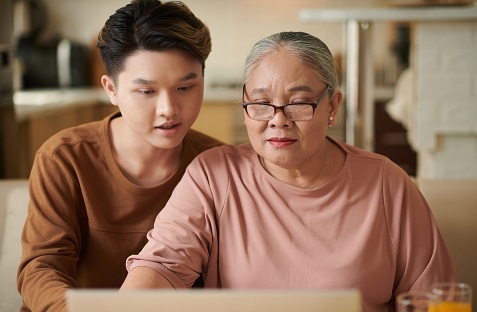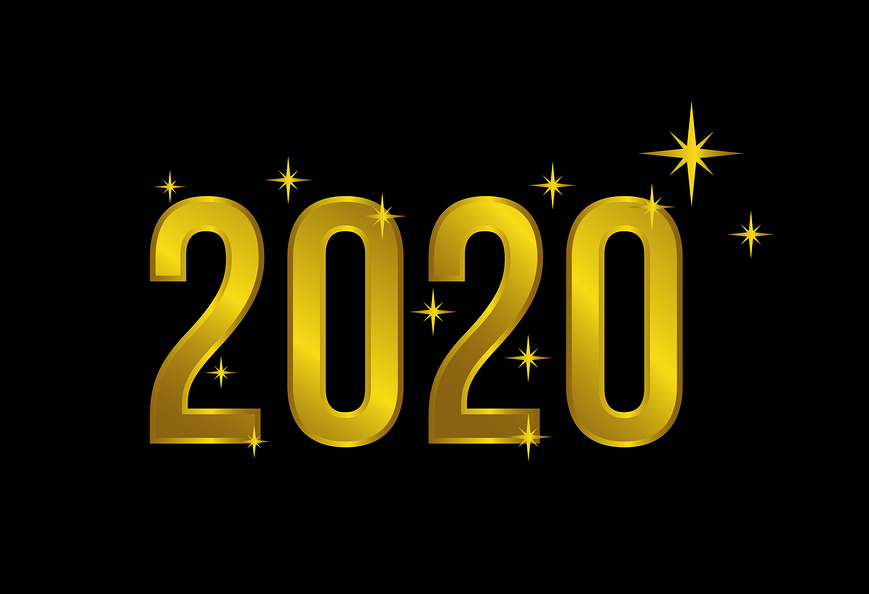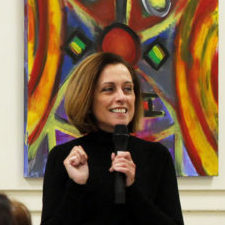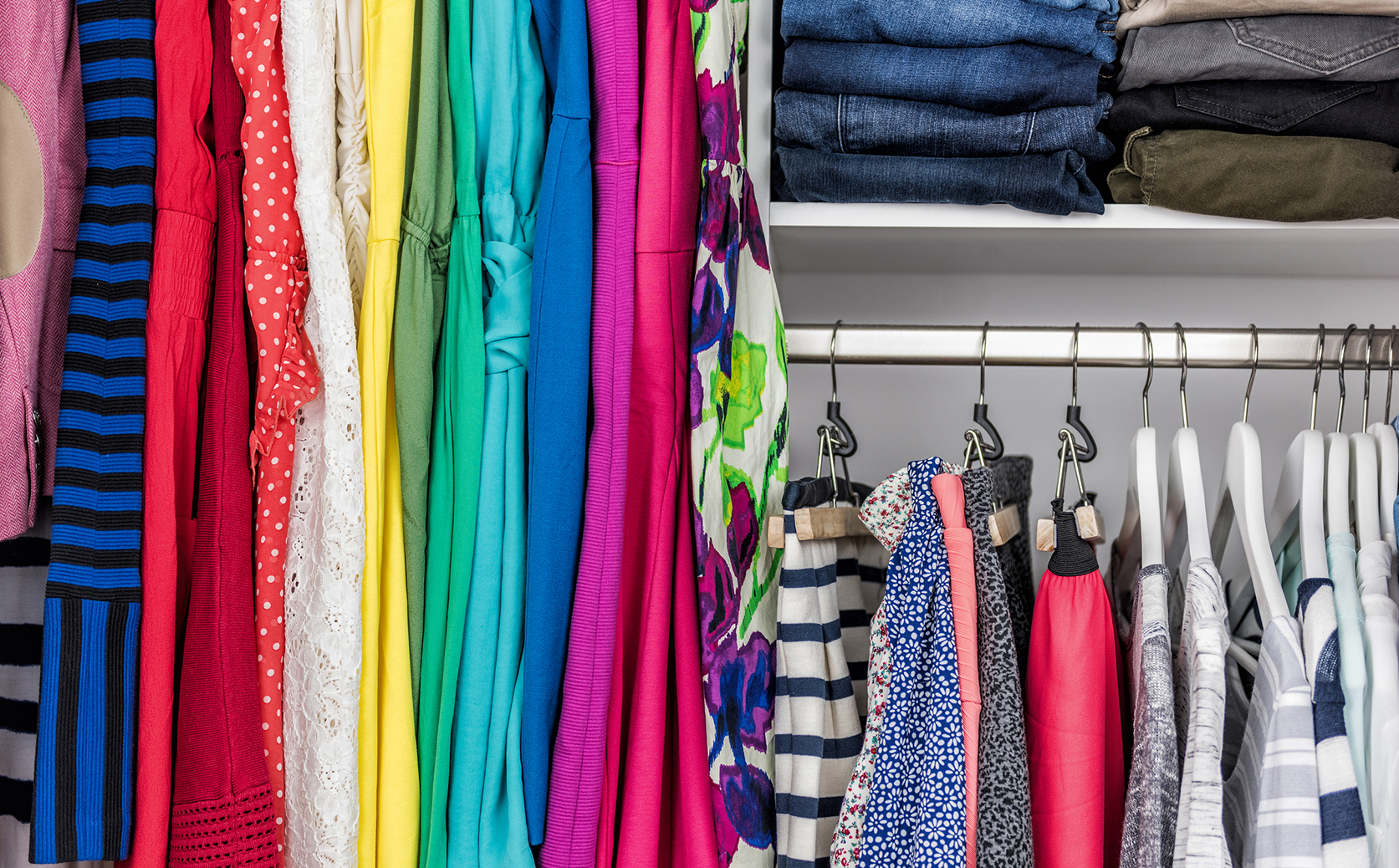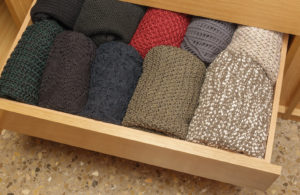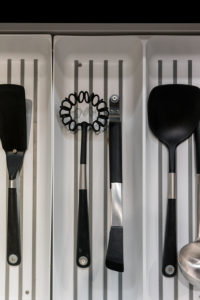Patients with progressing vision loss, for which there is no treatment or correction, are frequently told, “Nothing can be done.” The statement is meant, specifically, to say there is no medical intervention available. Too many times the patient interprets the words to mean, “There is nothing anyone or anything can do for you.” But that’s not true. At this point in the dialogue between doctor and patient, would be a good time to consider vision rehab services. But it often goes unmentioned.
The process equivalent to physical and occupational therapy, for loss of sight, is vision rehab. It is the “best kept secret, “according to Stephen Kelley, Certified Vision Rehabilitation Therapist, quoted in the Web MD article titled, “Vision Rehab Helps People With Low Vision Navigate the World.” Kelley says, not only patients, but many medical professionals do not know the service exists. Perhaps because it does not qualify as medical and is not covered by health insurance, instead it’s considered a social service, usually funded by state agencies. Another issue, Kelley explains, is that vision rehab services are provided at agencies for the blind, which is intimidating because people who are visually impaired do not see themselves as blind. Getting past the obstacles and getting services, as soon as possible, is the priority, and Kelley knows, that to be true, because twenty years ago, he started having vision problems and lost his job in web design, while he was trying to figure out how to keep it.
The Web MD article also illustrates how a cardiologist, Joseph Fontenot, MD, developed untreatable macular problems at age 50. As his vision quickly declined, he learned about vision rehab from another patient with a similar condition. Rehab services enabled him to continue working. In the process, he too shared his experience with other low vision patients, and he began to understand how little patients knew about the kind of assistance that is available to them. At age 65, Dr. Fontenot became a certified vision rehab therapist, opened a practice, and went on to serve as chair of the Vision Rehabilitation Committee for the American Academy of Ophthalmology (AAO).
Watch the video below, conceived and created by Dr. Joseph Fontenot for the American academy of Ophthalmologists, to send the message loud and clear, “There is something you can do.”
A full-service program will include a comprehensive evaluation with a low vision specialist. It’s about a thorough review of the patient’s vision and an understanding of their needs and goals. What do they have to do, want to do, love to do? The objective is to improve the individual’s ability to function at home, at work and out in the world. Improving the quality of life, elevates everything.
Finding a vision rehab program
- Ask your eye doctor to recommend a program
- Look for a program affiliated with a university or medical school
- Find a nonprofit organization that serves the needs of visually impaired persons with a full range of rehab services
- Veterans should contact the VA
